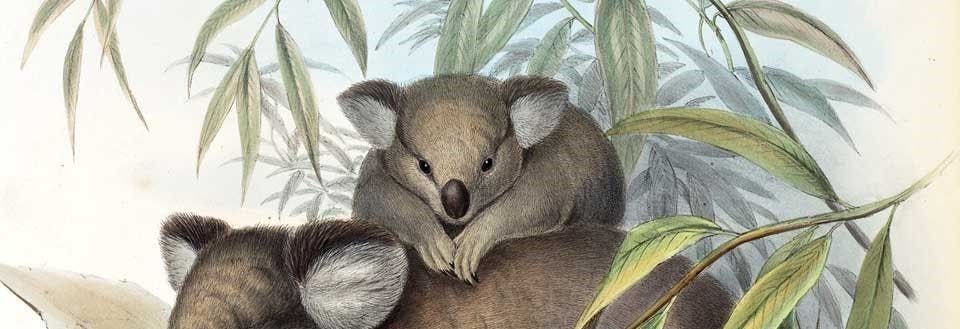Ellis, John (1710?-1776).
Natural History of Many Curious and Uncommon Zoophytes. London: printed for Benjamin White and son ... and Peter Elmsly, 1786.
Corals were not well understood before the work of John Ellis. They were usually considered to be lithophytes, or mineral vegetables. Ellis showed in the 1750s that corals were the stony productions of animals, and hence were zoophytes—animals that looked like plants. This, his major work on the subject, was finally published ten tears after his death. Most of the sixty-two plates depict various kinds of corals, but some attention is also given to other invertebrates, such as sea pens and sea cucumbers, which are not at all related to corals. The term “zoophyte” would linger on into the nineteenth century, before it eventually became obsolete.

